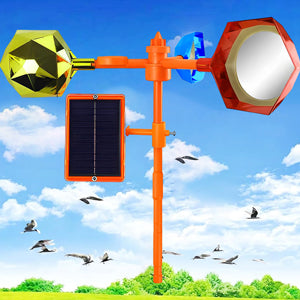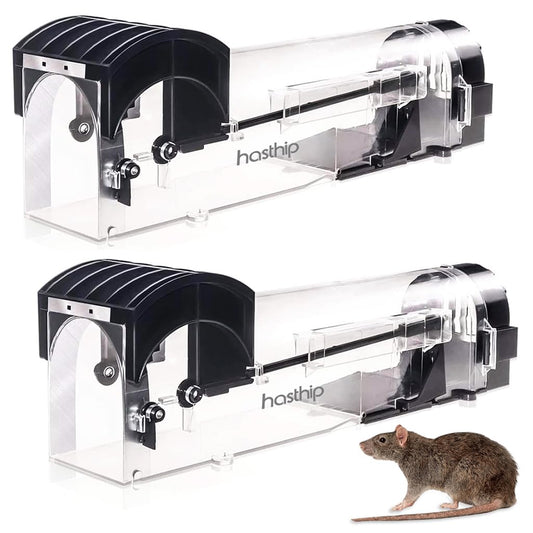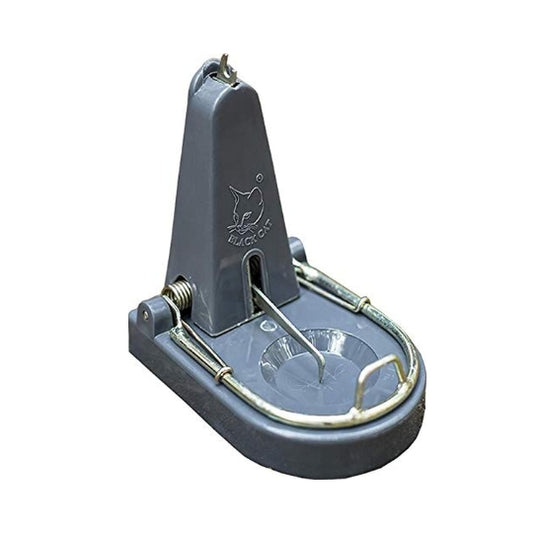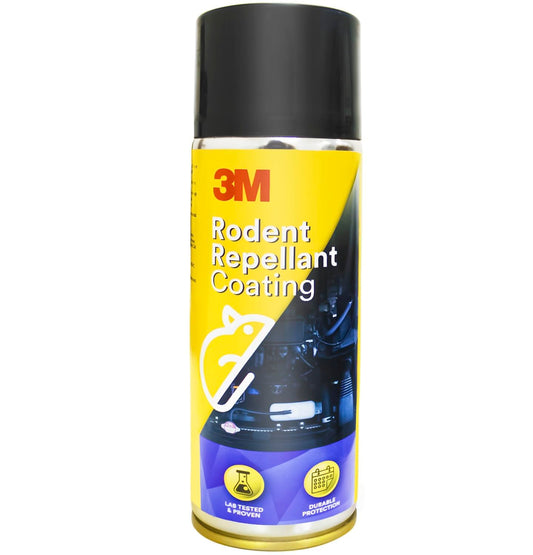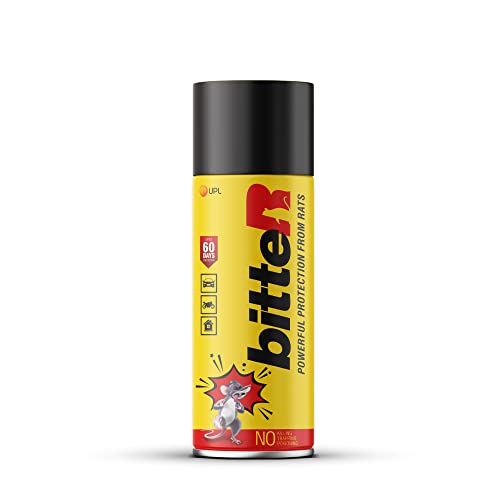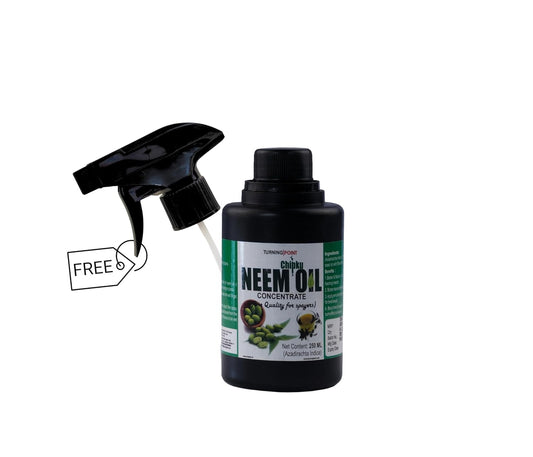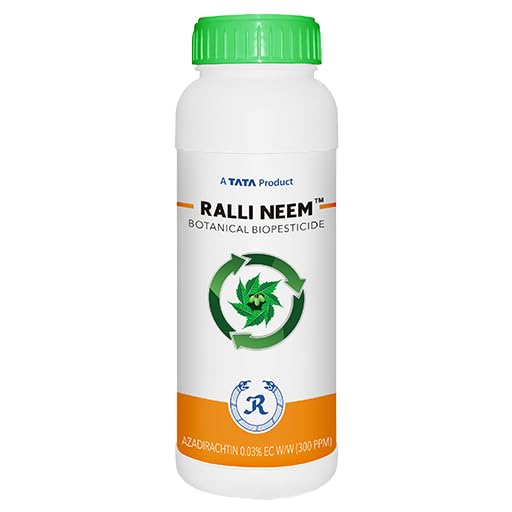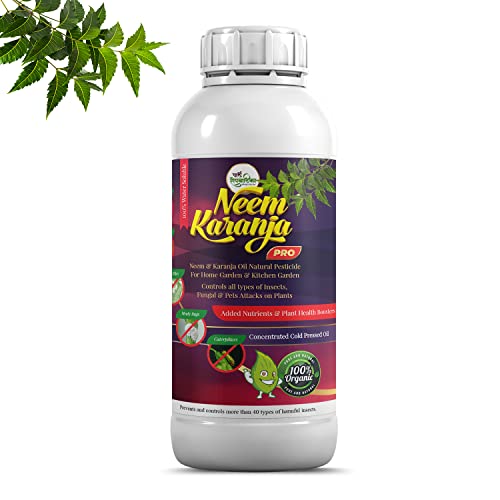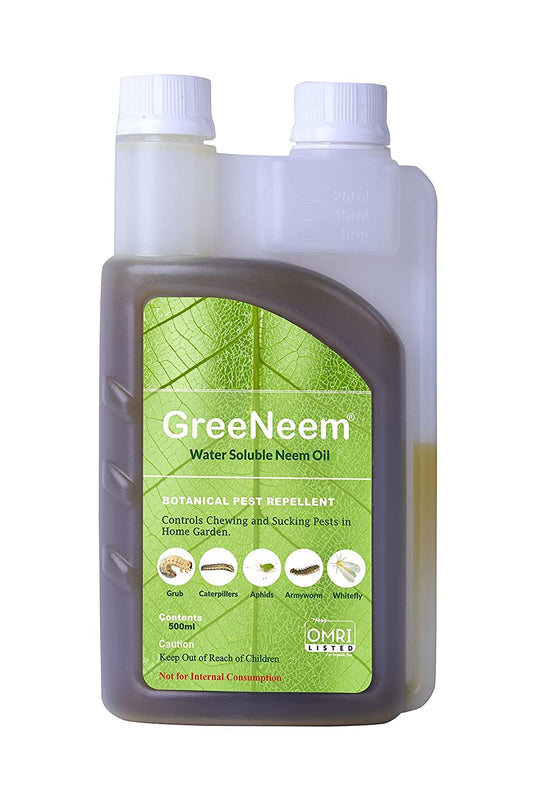Revolutionizing Farming: Extended Release Fertilizers (ERFs) for Common Indian Farmers
Share
In the world of modern agriculture, Extended Release Fertilizers (ERFs) are transforming the way common Indian farmers nourish their crops. These innovative fertilizers are crafted using various techniques, with the primary goal of coating or encapsulating conventional fertilizer granules in a water-insoluble material. This ingenious process controls the gradual release of essential nutrients into the soil, ensuring they remain available to plants over an extended period.
Sulfur-Based Coating: One widely adopted method involves using a sulfur-based coating. In this approach, molten sulfur is sprayed onto fertilizer granules as they gently tumble within a rotating drum. As the sulfur cools and solidifies, it forms a delicate coating around each granule, ensuring a slow and steady nutrient release.
Polymer Coating: Another popular technique employs polymer coatings. This method entails mixing fertilizer granules with a liquid polymer solution, followed by drying the mixture. The liquid polymer transforms into a thin film, enveloping the granules as it dries, thus achieving controlled nutrient dispersion.
Encapsulation Process: Alternatively, ERFs can be manufactured through an encapsulation process. Here, fertilizer granules are enclosed within a water-insoluble material, such as wax or polymer. This encapsulation material is heated until it melts, at which point the granules are introduced. After cooling and solidifying, a protective capsule forms around the granules, enabling controlled nutrient release.
The choice of manufacturing process for ERFs hinges on the type of coating or encapsulation material used, as well as the desired nutrient release profile. Regardless of the method, all ERF production follows these fundamental stages:
-
Granule Preparation: Fertilizer granules undergo meticulous sieving and sorting to ensure uniform size.
-
Application of Coating or Encapsulation: The chosen material is expertly applied to the granules using methods like spraying, tumbling, or dipping.
-
Drying and Curing: The coated or encapsulated granules are carefully dried and cured, guaranteeing the proper adhesion of the coating or encapsulation material.
-
Packaging and Distribution: The finished ERF granules are meticulously packaged and dispatched to farmers and other users.
ERFs bring numerous advantages over traditional fertilizers, particularly for common Indian farmers:
1. Reduced Nutrient Losses: ERFs slowly release nutrients, significantly diminishing the risk of losses due to leaching and volatilization.
2. Enhanced Efficiency: By supplying nutrients to plants precisely when needed, ERFs boost fertilizer efficiency, potentially resulting in higher crop yields and reduced fertilizer expenses.
3. Environmental Benefits: ERFs play a crucial role in minimizing the environmental impact of agriculture. Their ability to curtail nutrient losses and optimize fertilizer use contributes to a more sustainable farming approach.
These remarkable fertilizers find application across various agricultural domains, including crop production, horticulture, and turfgrass management. Moreover, they have transcended traditional farming and found utility in non-agricultural settings such as landscaping and home gardening. With ERFs at their disposal, common Indian farmers can embrace a greener and more productive future for their fields.


